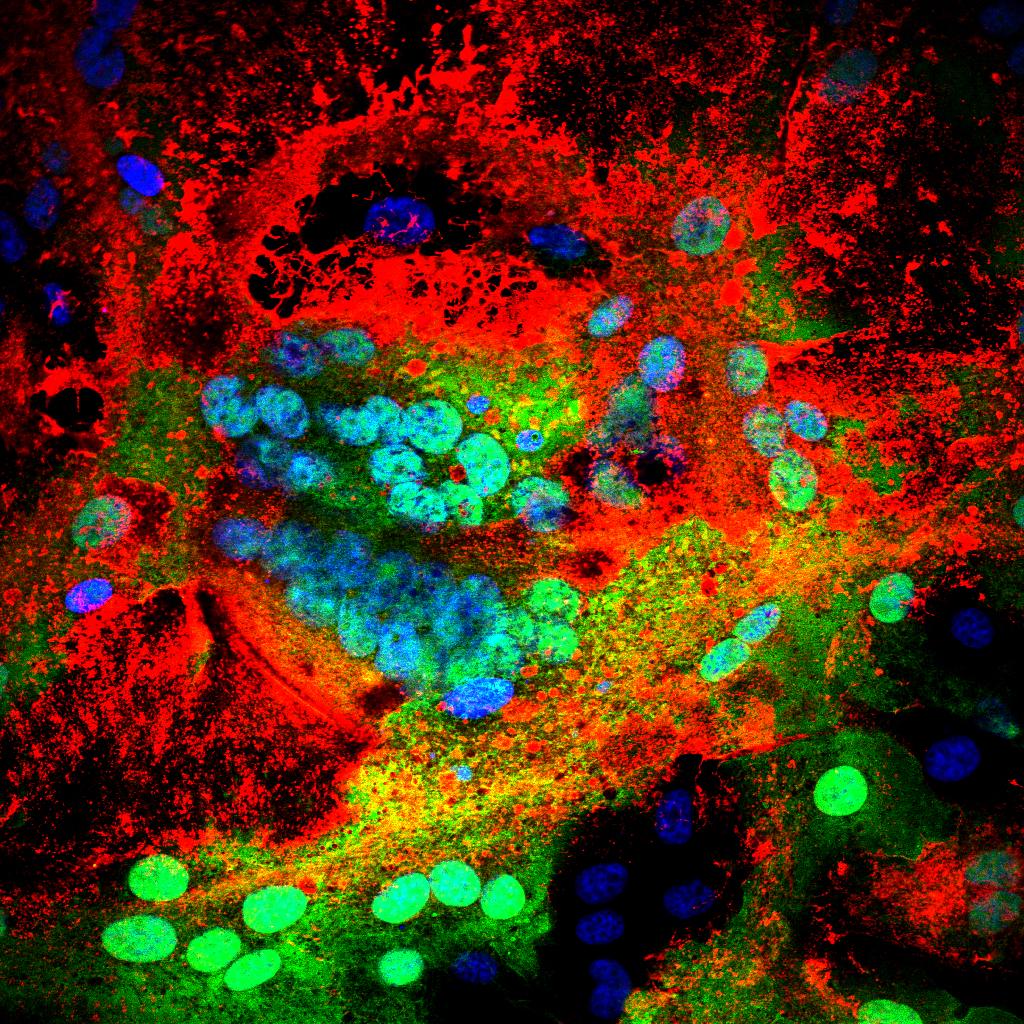Peste des petits ruminants (PPR): A neglected tropical disease in Maghreb region of North Africa and its threat to Europe
Peste des petits ruminants (PPR) is a contagious disease listed by the World Organisation for Animal health (OIE) as being a specific hazard. It affects sheep, goats, and wild ungulates, and is prevalent throughout the developing world particularly Asia, the Middle East, and Africa. PPR has been targeted for eradication by 2030 by the Food and Agriculture Organization of the United Nations (FAO) and the OIE, after the successful eradication of the related disease, rinderpest in cattle. PPR was first reported in 1942 in the Ivory Coast in Western Africa and has since extended its range in Asia, the Middle East, and Africa posing an immediate threat of incursion into Europe, South East Asia and South Africa. Although robust vaccines are available, the use of these vaccines in a systematic and rational manner is not widespread, resulting in this devastating disease becoming an important neglected tropical disease in the developing world. Methodology We isolated and characterized the PPR virus from an outbreak in Cheraga, northern Algeria, during October 2015 by analyzing the partial N-gene sequence in comparison with other viruses from the Maghreb region. As well as sequencing the full length viral genome and performing real-time RT-PCR on clinical samples. Maximum-likelihood and Bayesian temporal and phylogeographic analyses were performed to assess the persistence and spread of PPRV circulation from Eastern Africa in the Maghreb region of North Africa. Conclusions Recent PPR outbreaks in Cheraga, in the northern part of Algiers (October 2015) and North-West Morocco (June, 2015) highlight that PPRV has spread to the northern border of North Africa and may pose a threat of introduction to Europe. Phylogeographic analysis suggests that lineage IV PPRV has spread from Eastern Africa, most likely from the Sudan 2000 outbreak, into Northern Africa resulting in the 2008 Moroccan outbreak. Maximum-likelihood and Bayesian analysis shows that these North African viruses cluster closely together suggesting the existence of continual regional circulation. Considering the same virus is circulating in Algeria, Morocco and Tunisia, implementation of a common Maghreb PPR eradication strategy would be beneficial for the region.
